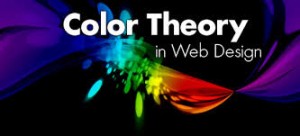The connectivity of colors for website designing-Know About its Influence. There are various examples as how it affects the viewers like for a website for law and regulations, the font color is usually black, the websites, which promotes friendly environment, has either background green or fonts maybe would green because it reflects the subjects. The correlation of colors portrays complementation, vibrancy and contrasts in a design. Under the heading of complementation, there come relations of the colors as different combination of colors can catch attention of the visitors.
In a similar way, it distracts when using weird combinations of colors such as bright yellow with royal blue. The correlation of good colors can take the colors for website designing to another level as a website becomes presentable, attractive, and sophisticated. Under the contrast heading, a good selection of background colors and text colors. Choosing a simple and complementary text and background makes it easier to read black-and-white text. In vice verse case, it makes the visitors insane as they can read the content uneasily. Using the text of the brightest color reduces eye strain by focusing the user’s attention. Just for starting up to design, light color could be used to for the background, and the text color should be bright.
The third heading is vibrancy, which just means emotions of design. This concept can be understood through an example which is bright colors can make you energetic therefore bright colors can be used to promote or advertise the new products. While darker shades of different color can make you relax and focus on other important matters so could be use for website of news channels or reality shows so that it does not but immense impact on the visitors of the website.





